
‘Haikyuu!!’ is an exciting anime with great animation and realistic volleyball tactics. However, some small errors in the animation and misunderstandings of the rules do appear. Once you spot them, they’re hard to miss. We’ve collected specific examples of inconsistencies in the animation, uniforms, and rules, all verifiable by comparing them to actual volleyball guidelines and how matches are run. These errors don’t ruin the enjoyment of the show—in fact, they can be a fun way to learn more about the sport itself.
Vanishing and Reappearing Knee Pads
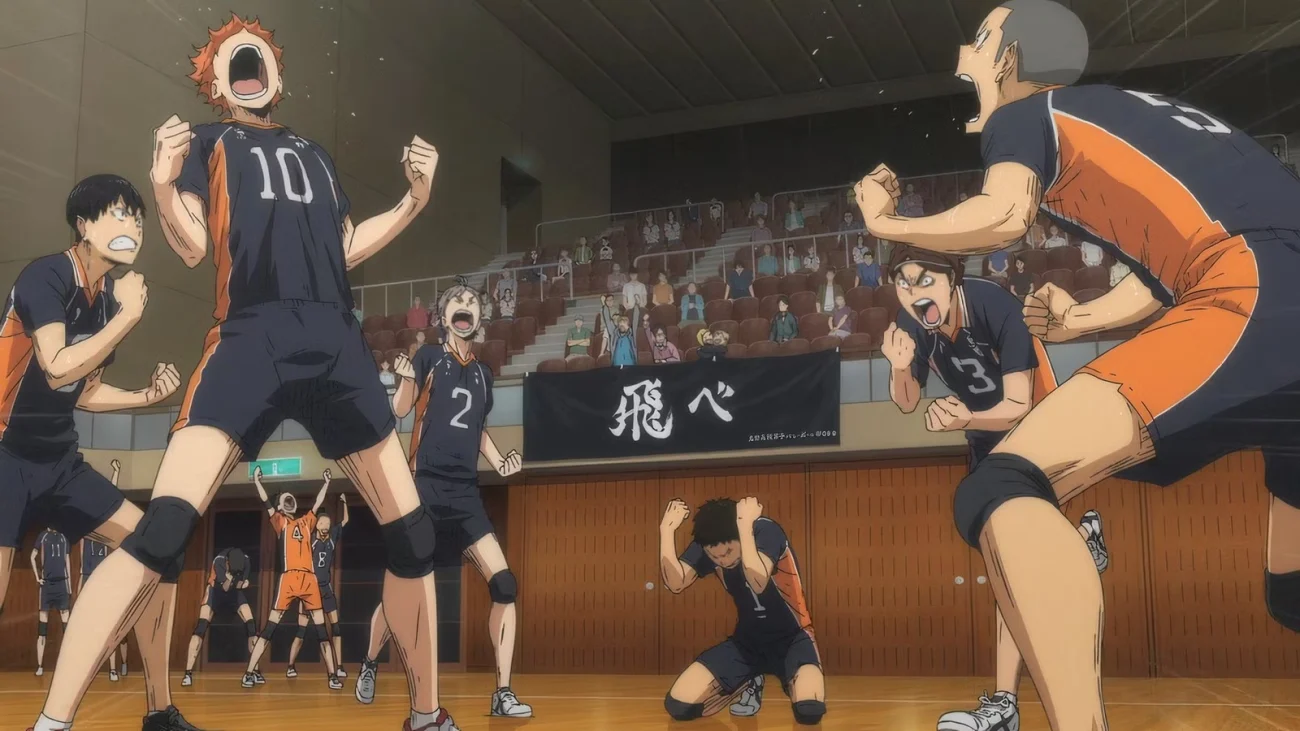
During several replays of the match, the player’s knee pads sometimes appear and disappear between different camera shots. Since players aren’t allowed to change equipment during a rally, this is likely just a mistake in editing. Knee pads are worn to protect players from impacts and scrapes, and they usually keep the same pair on for an entire set.
Rotations That Don’t Match the Lineup Card
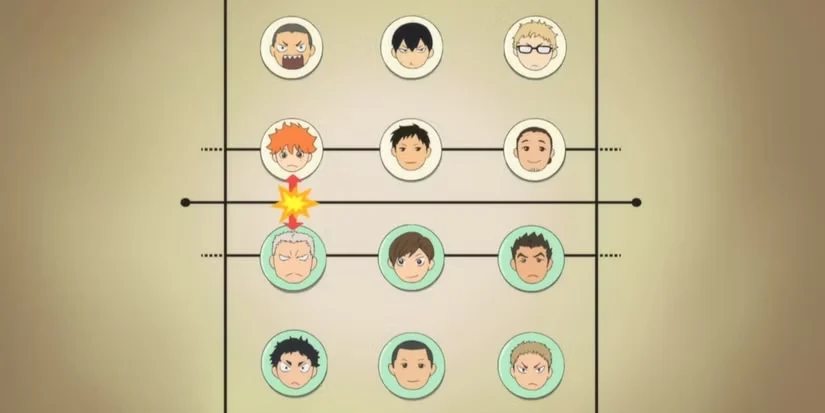
During some plays, the player positioning when receiving the serve doesn’t follow the official rules for rotation. In volleyball, the lineup card determines each player’s starting position until the ball is served. While teams can use creative formations, they must maintain the correct rotational order when serving to avoid a penalty.
Libero Uniform That Isn’t Clearly Contrasting
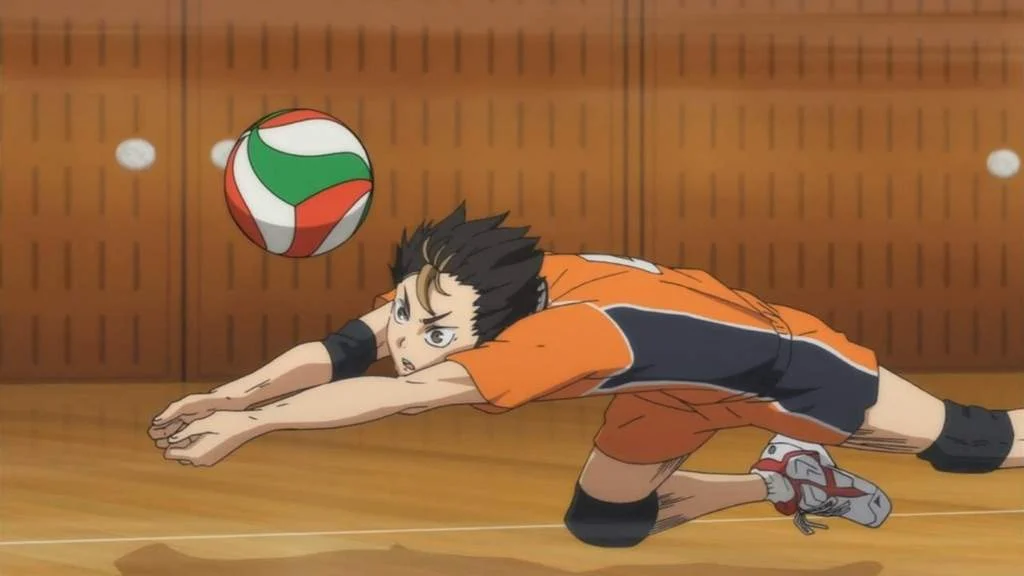
Sometimes, the libero’s uniform can look too much like the rest of the team’s. However, volleyball rules (from FIVB and most high schools) require the libero to wear a distinctly different color so referees and scorekeepers can easily follow substitutions and specific libero plays. This helps prevent mistakes during quick, fast-paced action.
Antennas Shown in the Wrong Spot
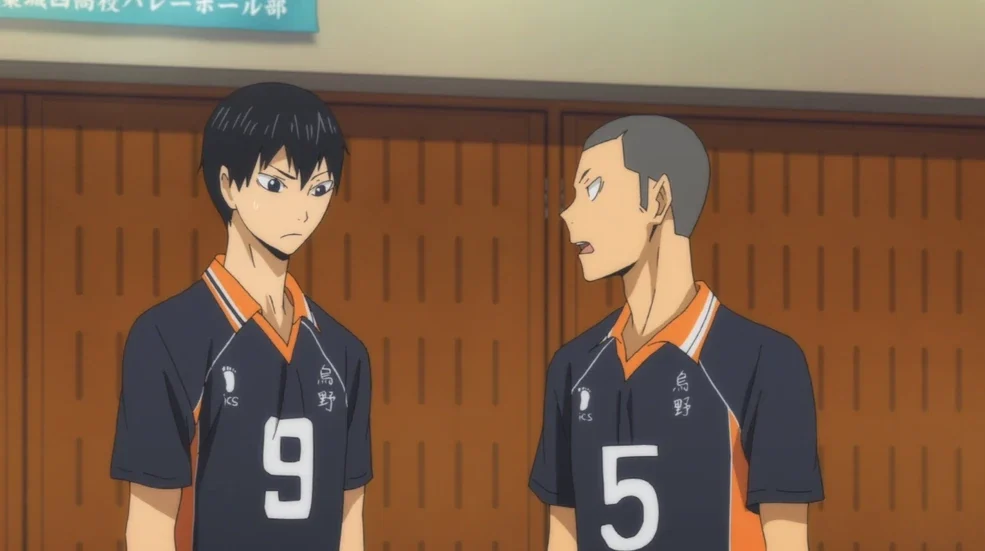
Sometimes, the TV cameras show the net antennas slightly out of position or not fully extending above the sidelines. These antennas mark the boundaries of the court – if the ball hits them or goes outside of them, it’s considered out of bounds. They should be directly over the sidelines, standing straight up, to give officials a clear line for judging whether the ball is in or out.
Scoreboard Flips That Don’t Follow Rally Outcomes
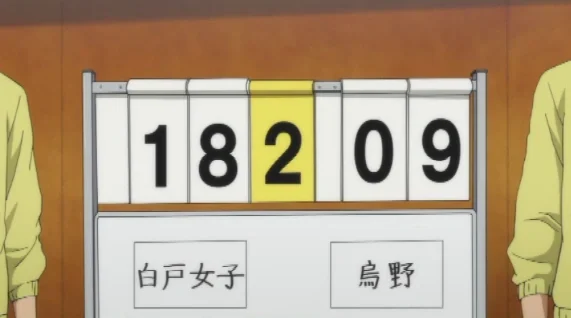
Sometimes, the scoreboard briefly shows the wrong score or increases by two points when it shouldn’t. In rally scoring, a point is awarded after every play, and when a team wins a rally while receiving, they get a point and also get to serve next. Therefore, if the score jumps by two points without another play happening, it’s an error in the video.
Ball Logo and Panel Pattern Changing Mid-Rally
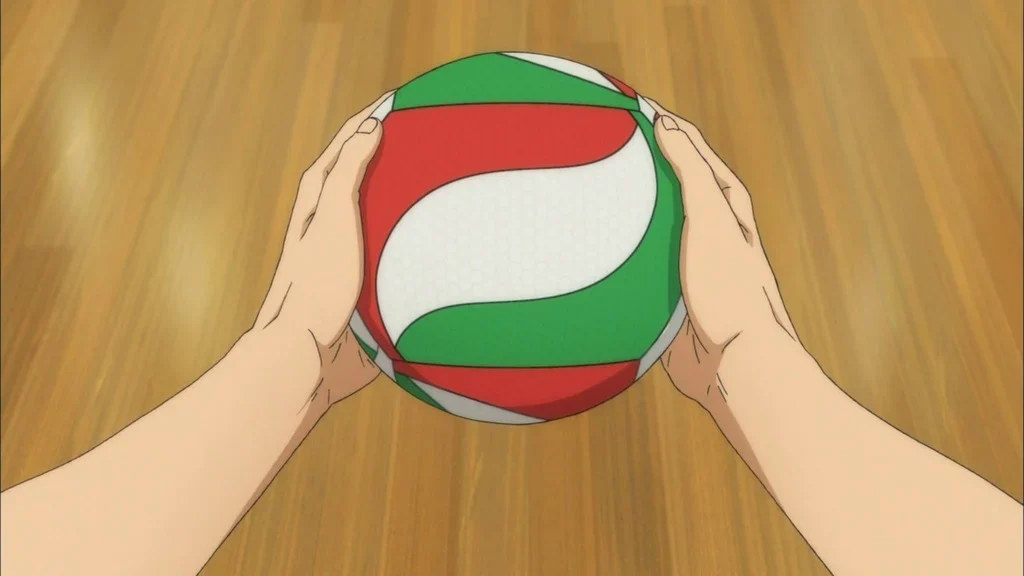
Sometimes, the ball’s appearance changes slightly during a game, showing different brands or panel designs within the same series of shots. However, official match balls always maintain a consistent look throughout a competition to ensure predictable handling and flight. If you see the ball’s design change mid-play, it means the video editors are using different visual effects.
Court Lines Shifting Width or Alignment
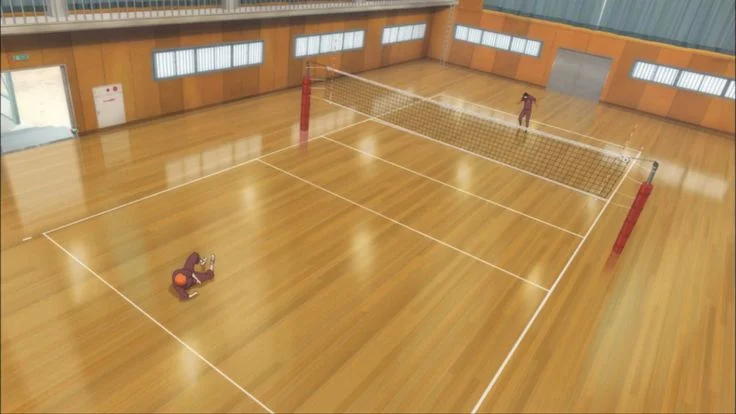
As a volleyball fan, I’ve noticed something interesting when watching matches on TV. Sometimes the lines on the court – like those for serving or the attack line – appear to change thickness or even move a little depending on the camera angle. It’s tricky because official courts have very specific line sizes and positions, especially that three-meter attack line which determines if a front-row or back-row player can legally attack the ball. This ‘line drift’ on screen can actually make it hard to tell if a back-row attack is really legal, and it doesn’t always match up with what’s happening in person!
Referee Signals That Don’t Match the Call
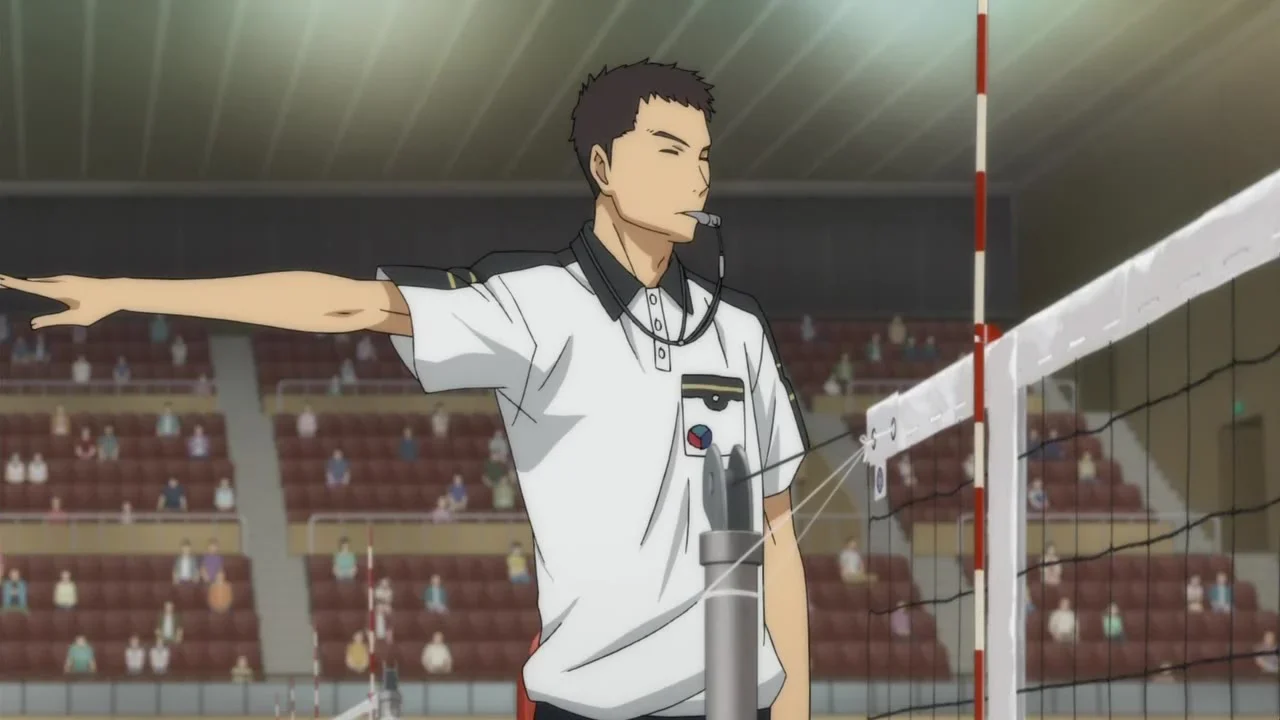
As a volleyball fan, it really bothers me when the ref’s hand signals don’t match what just happened or what’s about to happen. There are official signals for things like a touch on the net, a fault, reaching over, or even a double hit – they’re there to keep everyone on the same page. When those signals get messed up, it’s just confusing for players and viewers alike, and it could really throw off a live match.
Setter Contact Location Ignoring the 3-Meter Line Context
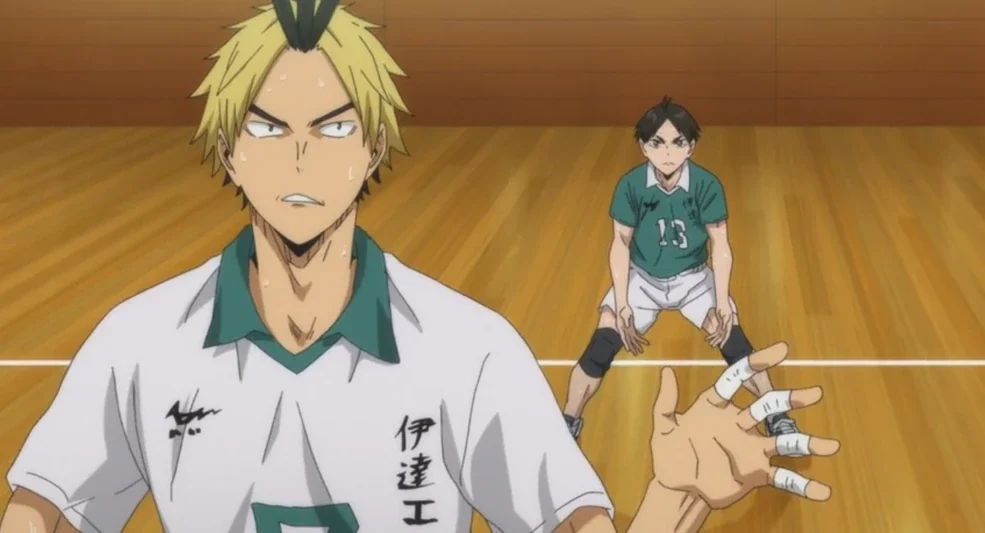
Sometimes, a player seems to set the ball while near the net, even though the situation suggests they shouldn’t be – potentially risking a back-row attack or block fault. Back-row players are not allowed to attack above the net in front of the attack line or block at the net. To determine if a play is legal, it’s crucial to clearly see the player’s foot position and where they contact the ball.
Travel and Scheduling That Compress Realistic Recovery Time
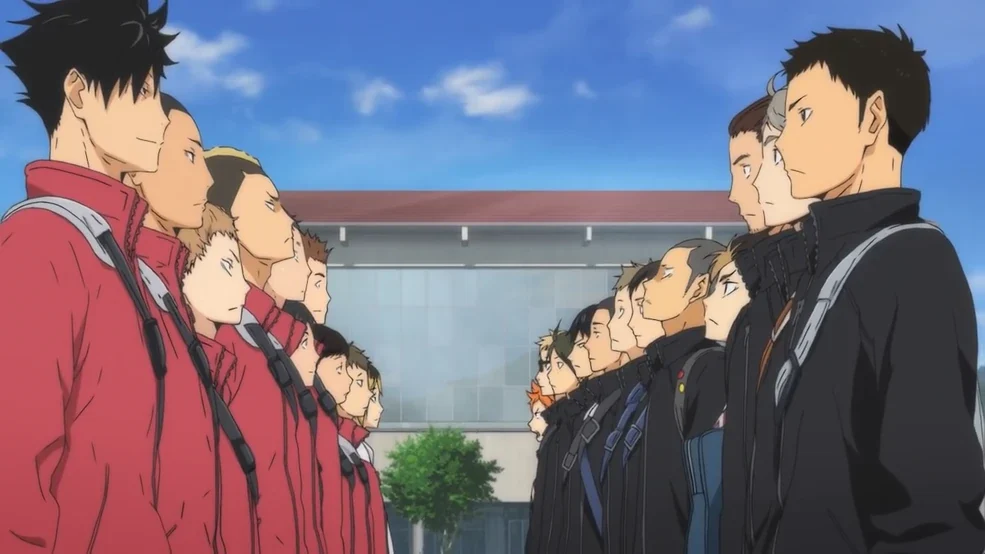
Tournament play sometimes packs matches closer together, leaving athletes with less time to travel, warm up, and cool down compared to regular events. Official tournaments carefully schedule match start times, warm-up periods, and breaks to help athletes perform their best and stay safe. It’s rare for sanctioned competitions to have schedules that are too rushed.
If you’ve noticed any strange rules or inconsistencies in ‘Haikyuu!!’, tell us about them and share your favorite examples in the comments!
Read More
- Deepfake Drama Alert: Crypto’s New Nemesis Is Your AI Twin! 🧠💸
- Can the Stock Market Defy Logic and Achieve a Third Consecutive 20% Gain?
- Dogecoin’s Big Yawn: Musk’s X Money Launch Leaves Market Unimpressed 🐕💸
- Bitcoin’s Ballet: Will the Bull Pirouette or Stumble? 💃🐂
- SentinelOne’s Sisyphean Siege: A Study in Cybersecurity Hubris
- Binance’s $5M Bounty: Snitch or Be Scammed! 😈💰
- LINK’s Tumble: A Tale of Woe, Wraiths, and Wrapped Assets 🌉💸
- ‘Wake Up Dead Man: A Knives Out Mystery’ Is on Top of Netflix’s Most-Watched Movies of the Week List
- Yearn Finance’s Fourth DeFi Disaster: When Will the Drama End? 💥
- Ethereum’s Fusaka: A Leap into the Abyss of Scaling!
2025-10-19 10:15